
Taking to the skies has expanded our mobility in extraordinary ways. Journeys that once took days or months now take a matter of hours. Airplanes and helicopters are amazing machines that serve as a testament to the ingenuity and innovation of humanity. To function properly they require tremendous power, speed, and altitude – all of which can create tragic outcomes when mixed with mechanical malfunction, bad weather, or pilot error.
The invention of the airplane opened an entire new front of warfare and reshaped combat forever. Airplanes started out as reconnaissance vehicles, with large scale use in World War I. Over the years they have been modified to shoot down other planes, drop bombs, and deploy paratroopers. (Airplanes are one of the inventions that shaped military history.)
However, military plane crashes have been a part of their use since nearly the beginning of flying. The first passenger to die in an airplane crash lost his life in 1908 when aviation pioneer Orville Wright crashed while showing off the plane he’d built with his brother to the U.S. military. Orville was badly injured and later recovered, but his passenger, Lieutenant Thomas Selfridge, was not so lucky and died of his injuries. However, the accident did not stop military aviation and another model made by the Wright Brothers became America’s first military war plane.
Aircraft have grown significantly safer over the years, with crashes peaking in the 1970s. However, it has taken significant trial and error and development of new technology to make planes as safe as they are today. During World War II, over 13,000 American aviators lost their lives in training accidents.
Click here to see a list of 18 of the worst aircraft disasters in military history
24/7 Tempo has listed some of the worst aircraft disasters in military history. This list isn’t necessarily a complete list of the deadliest military air crashes. Some of the aircraft on this list were operated by private citizens at the time of the crash, but the planes were originally military equipment, and in one case a military plane caused a crash but wasn’t brought down itself.

B-34 Ventura Bomber, Los Angeles, California
>Year: 1942
>Fatalities: 12
On a journey from Long Beach to Palm Springs, California, a B-34 Ventura Bomber clipped the tail of an American Airlines DC-3, causing the DC-3 to crash. Everyone aboard the DC-3 was killed, including Academy Award-winning composer Ralph Rainger. The B-34 safely landed with minimal damage, and it was later revealed that the B-34 pilot had accidentally flown too close to the DC-3 while trying to wave to its pilot who was a friend.
[in-text-ad]

B-24 Bomber, Wendover Army Air Base, Utah
>Year: 1942
>Fatalities: 1
In August, 1942, a B-24 Bomber experienced engine failure and attempted to land on a highway seven miles east of Wendover Army Air Base in Utah. However, it crash-landed, and its momentum carried it off the highway and into a passing freight train. Shortly after, another train, unaware of the accident, crashed into the wreckage. 10 crewmembers were injured but only one was killed.
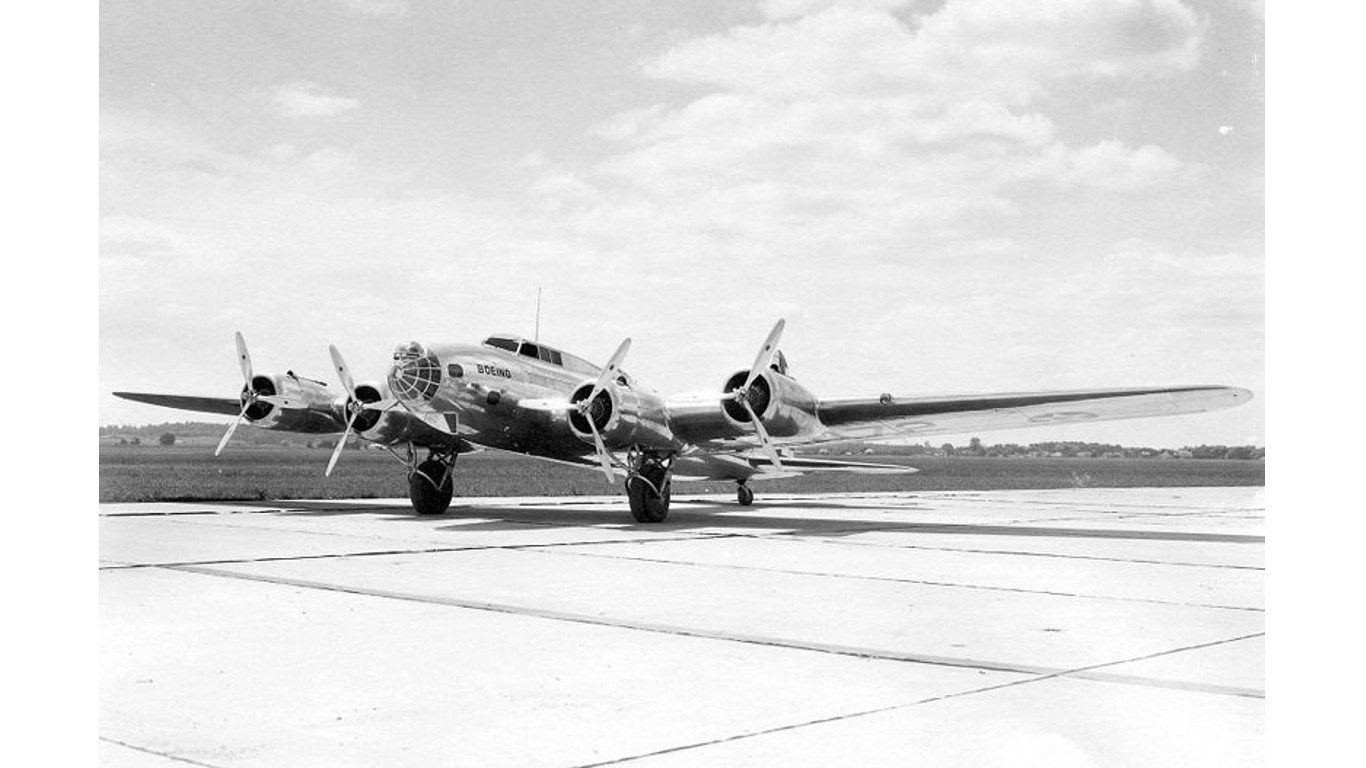
B-17 Bomber, Galveston, Texas
>Year: 1943
>Fatalities: 22
During training maneuvers in 1943, two B-17 bombers took off from Alexandria Air Base in Louisiana but later collided in midair near Galveston, killing everyone aboard both planes. The cause of the accident was not determined but investigators believed one plane may have been lost and collided with the other while trying to return to formation.
B-25, Empire State Building, New York
>Year: 1945
>Fatalities: 14
A B-25 Mitchell Bomber was flying through thick fog on route from Massachusetts to New Jersey when it slammed into the Empire State Building, near the 79th floor. One engine went entirely through the then world’s tallest building, starting a fire in a building across the street. All three individuals onboard the plane were killed as were 11 people in the skyscraper.
[in-text-ad-2]
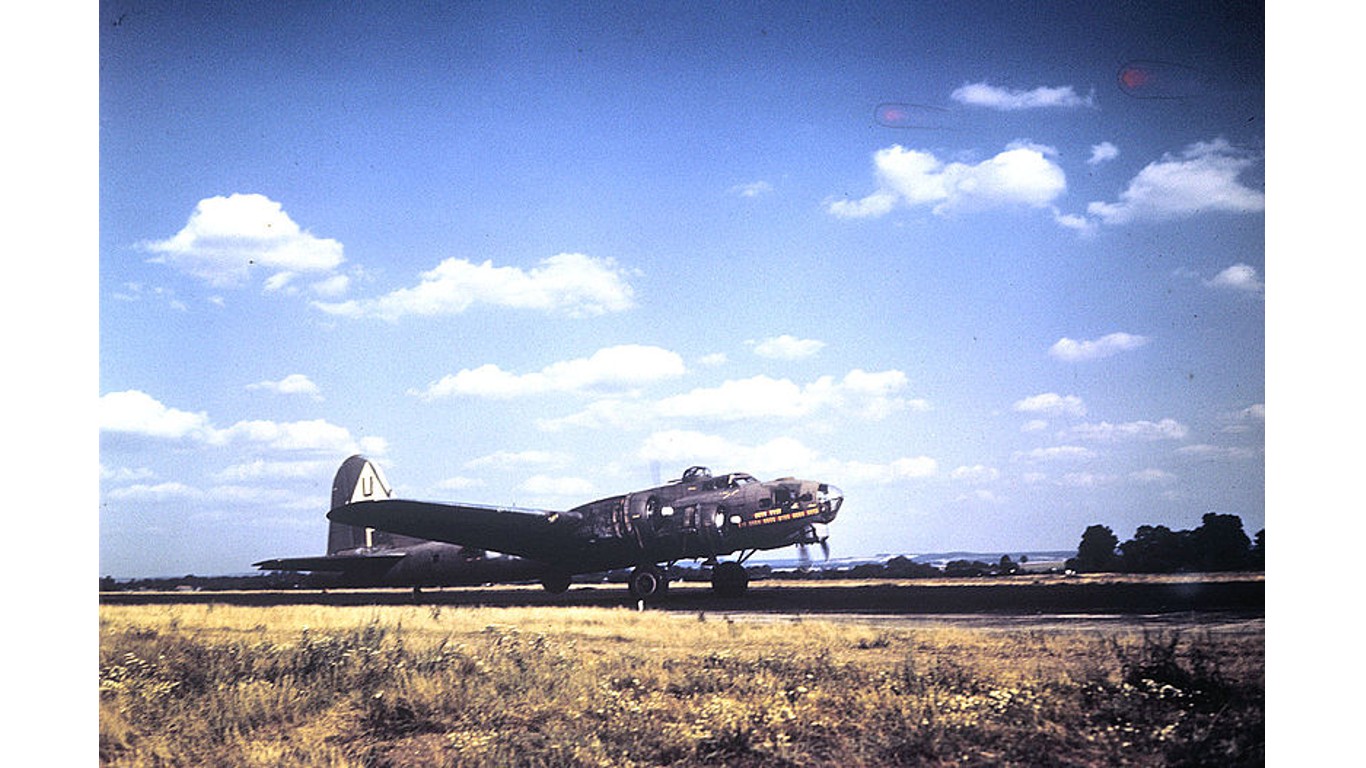
Boeing Flying Fortress, RAF Glatton, England
>Year: 1945
>Fatalities: 9
During World War II, a B-17 Flying Fortress nicknamed “Miss Ida” crashed during takeoff at Glatton airbase in England, killing nine crew members. The plane was setting off on a mission to bomb Ingolstadt, Germany, and crashed with a full load of bombs and fuel, which exploded after impact.

B-29 Superfortress, Fairfield, California
>Year: 1950
>Fatalities: 19
In 1950, a B-29 Superfortress crashed shortly after taking off from Fairfield-Suisun Air Force Base in California due to propeller and landing gear malfunctions. The bomber was filled with explosives and 20 minutes after the crash the explosive filler in them ignited and created a massive explosion that was heard 30 miles away. The crash and subsequent explosion killed 12 people aboard the plane and seven on the ground, including firefighters trying to rescue those still trapped in the wreckage.
[in-text-ad]

R6D-1 Liftmaster, Honolulu, Hawaii
>Year: 1955
>Fatalities: 66
In 1955, a R6D-1 Liftmaster went down in the deadliest heavier-than-air crash in U.S. naval aviation history. The flight was on route from Japan to California with an intermediate stop in Hawaii. Shortly after taking off from Honolulu-Hickam Air Force Base, the plane began having radio problems and the crew decided to turn back to Honolulu. However, a navigational error caused the plane to crash into the Waianae mountain range.
U-2 Spy Plane, Sverdlovsk, Russia
>Year: 1960
>Fatalities: 1
U-2 spy planes were extremely high elevation planes used to take photographs of enemy territory and assets. In 1960, a U-2 piloted by American Francis Gary Powers was shot down over the Soviet Union after it was detected violating the country’s airspace. Powers survived by ejecting and was captured. The incident caused a massive controversy and led to the cancellation of a planned peace summit between the two superpowers in Paris. Soviet pilot Sergei Safronov was attempting to intercept the spy plane when his aircraft was mistakenly hit by a Soviet missile meant for the U-2, killing him.
Sea Stallion helicopter, Vietnam
>Year: 1968
>Fatalities: 46
In 1968, during the Vietnam War, a CH-53A Sea Stallion heavy lift helicopter went down, killing all five crew members and 41 passengers. Efforts to look for survivors were hampered by adverse weather conditions. The disaster is believed to have been the single deadliest helicopter crash in history to that point.
[in-text-ad-2]
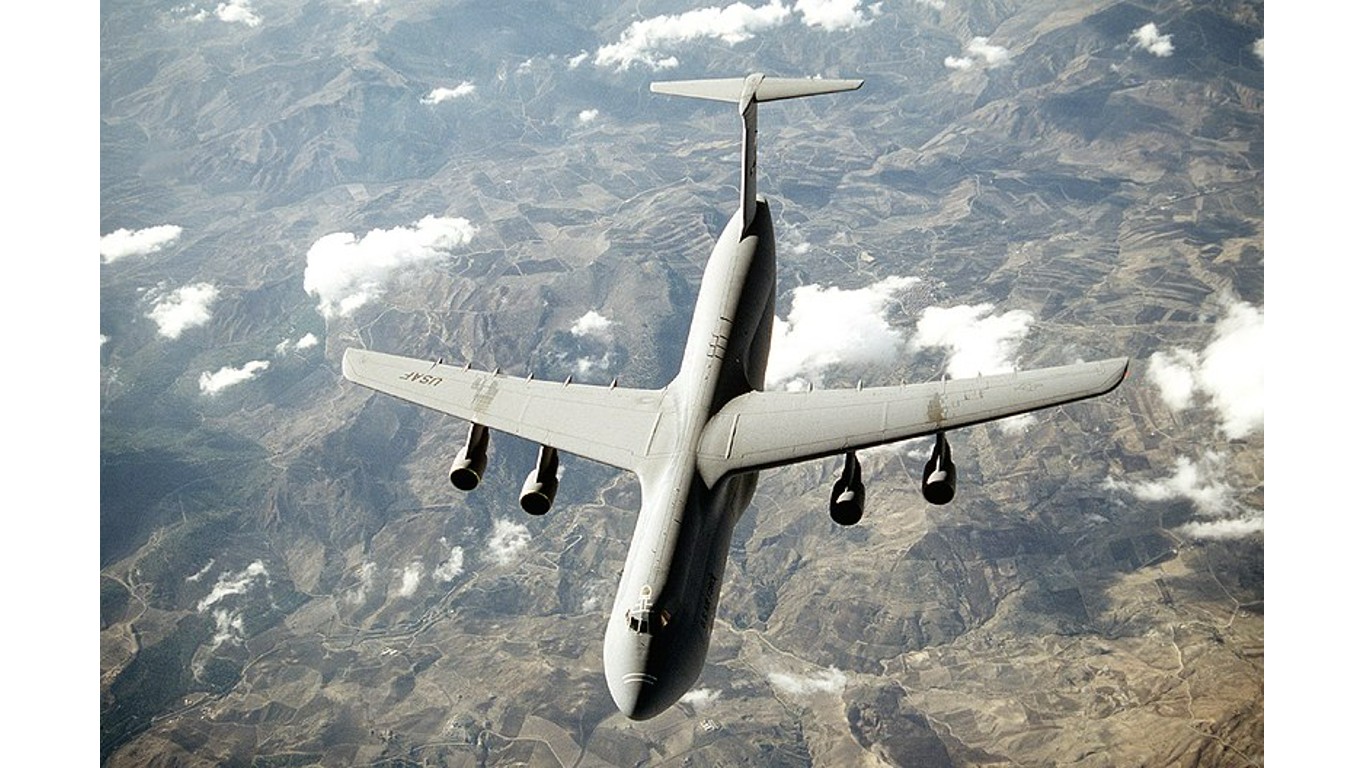
Lockheed C-5A Galaxy, Saigon, Vietnam
>Year: 1975
>Fatalities: 138
Operation Babylift was a U.S. government plan to extract Vietnamese orphans from the country as the United States pulled out of the war. However, the first plane in the operation was forced into a crash landing after a cargo door malfunction led to destruction of the aircraft’s tail. Over 300 people were onboard, of whom 78 children and 50 adults were killed.

Lockheed EC-130E Hercules, Iran
>Year: 1980
>Fatalities: 9
Operation Eagle Claw was an attempt to end the Iranian hostage crisis and rescue 52 U.S. embassy staff held captive in Tehran. The plan included establishing a landing zone in a remote part of Iran, but quickly fell apart when helicopters ran into mechanical issues and a dust storm en route. Commanders decided to abort the mission, but while pulling out, a RH-35D helicopter collided with a EC-130E plane, causing an explosion and killing five airmen onboard the plane and three marines on the helicopter.
[in-text-ad]
Ramstein Air Show, West Germany
>Year: 1988
>Fatalities: 70
At the time the deadliest air show accident in history, the Ramstein tragedy occurred when two Italian military planes collided at low altitude above the runway and then hit a third. One plane crashed onto the runway, hitting an idle U.S. UH-60 Blackhawk helicopter and killing its pilot. Another landed on the runway and then careened through a fence and into the crowd, killing 66 spectators. The third exploded upon impact.
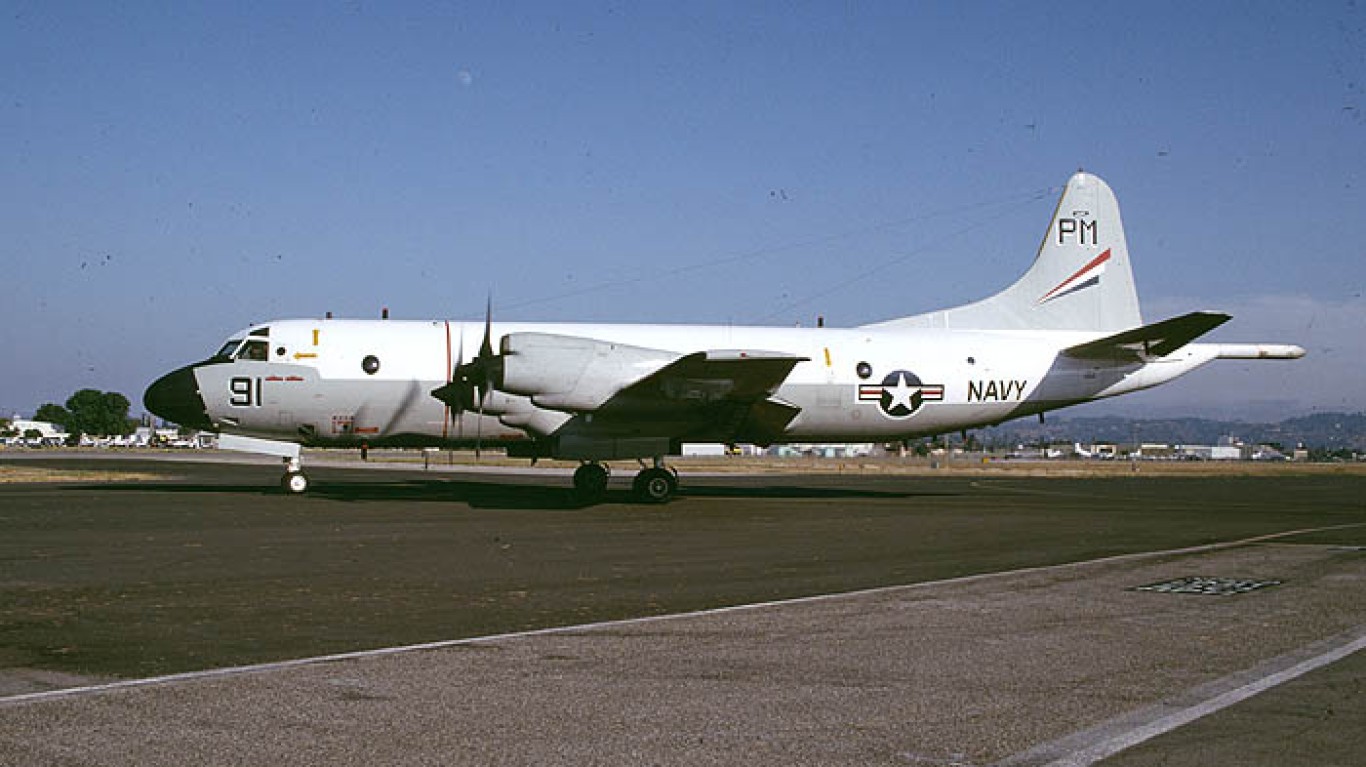
Lockheed P-3C Orion, San Diego, California
>Year: 1991
>Fatalities: 27
Two P-3C Orion Navy submarine-hunting planes collided off the coast of California during a training exercise. One plane was maneuvering to relieve the other during poor weather conditions when the accident happened. All 13 crew members of one plane and 14 of the other were killed in the crash.
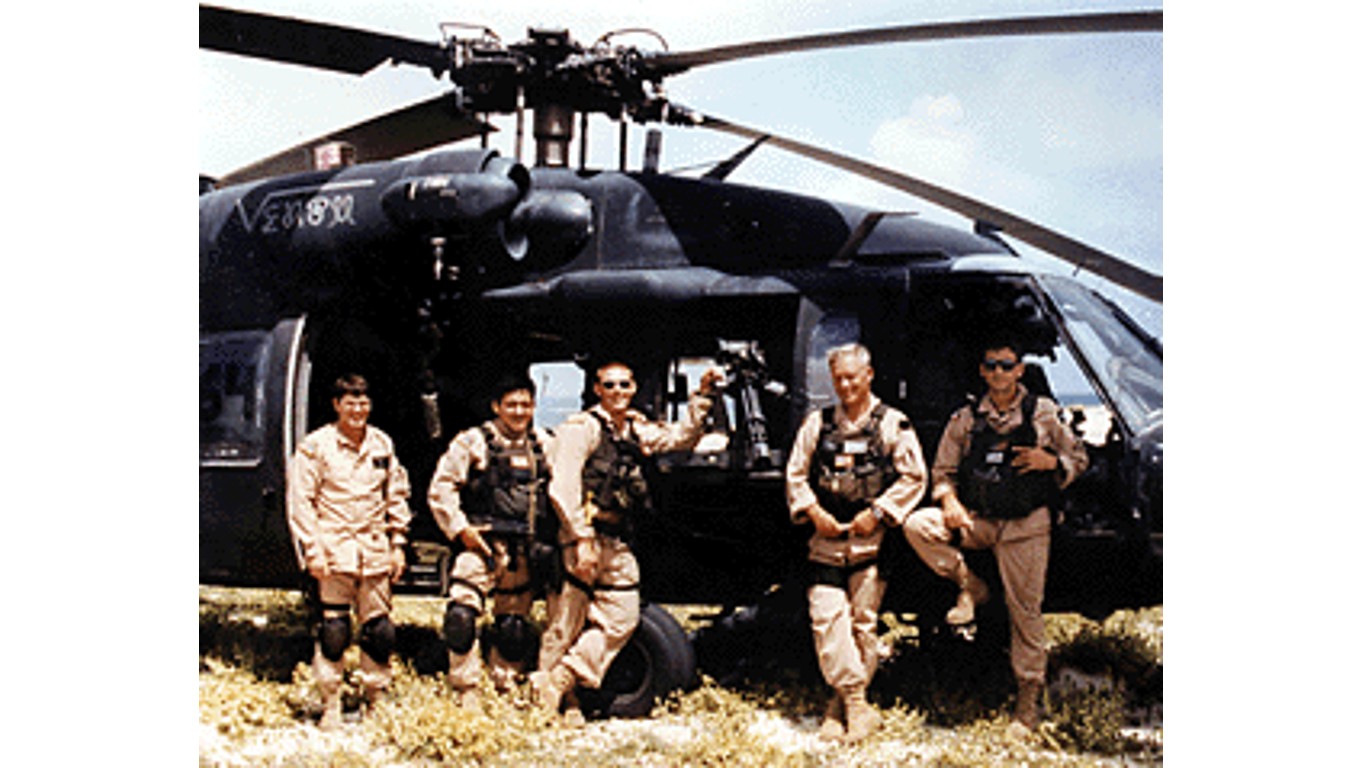
Black Hawk Down, Mogadishu, Somalia
>Year: 1993
>Fatalities: 18
In 1993, U.S. troops were in Somalia as part of a United Nations mission to combat local warlord Mohamed Farrah Aidid. U.S. forces entered the city of Mogadishu in helicopters, aiming to capture some of Aidid’s officers. However, two U.S. UH-60 Black Hawk helicopters were shot down and U.S. troops were stuck for 15 hours trying to rescue the survivors. 18 American soldiers and hundreds of Somalis were killed in the fighting.
[in-text-ad-2]

Boeing CT-43, Dubrovnik, Croatia
>Year: 1996
>Fatalities: 35
A CT-43 transport plane carrying six crew and 29 passengers crashed into a rocky mountainside while trying to land in Dubrovnik. The plane was carrying U.S. Secretary of Commerce Ron Brown and a delegation of industry executives on a tour of the region, all of whom were killed in the crash. The accident led to conspiracy theories that Brown had been murdered.
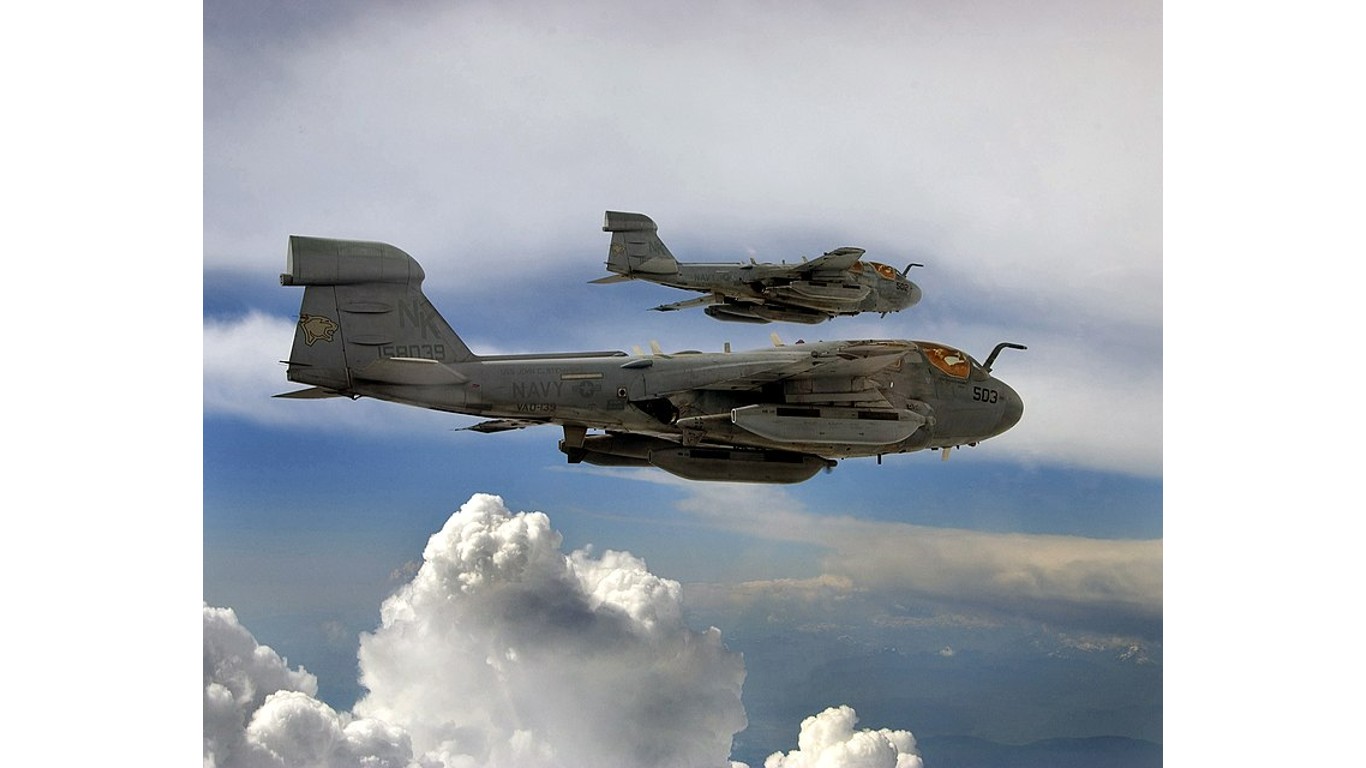
Grumman EA-6B Prowler, Cavalese, Italy
>Year: 1998
>Fatalities: 20
In 1998, a Marine EA-6B Prowler electronic warfare aircraft was flying below regulation altitude when it struck the cables used by an aerial tramway cable car system in Cavalese. While the plane was able to return and land, the cable car plunged over 250 feet and killed all 20 people onboard. The American pilot was tried in a military court in the United States for manslaughter and other offenses but was acquitted. The accident and subsequent acquittal caused public outrage in Europe.
[in-text-ad]
P-51D Mustang, Reno Air Races, Nevada
>Year: 2011
>Fatalities: 11
During an airplane race, a 1940s P-51D Mustang fighter, known as the Galloping Ghost, crashed into a box seat area, filled with people watching the competition. The pilot was killed, along with 10 spectators. The aircraft turned around a racing pylon and then suddenly rolled and took a nosedive into the crowd. An investigation later determined the accident was caused by loose screws on the tail assembly and the pilot pushing the craft past 500 miles per hour for the first time.

Dallas Air Show, Texas
>Year: 2022
>Fatalities: 6
In November 2022, two World War II-era military aircraft – a B-17 Flying Fortress and a P-63 Kingcobra – collided at an air show in Texas. All crew members on both flights were killed but no spectators on the ground were reported injured. The National Transportation Safety Board released a preliminary report on the disaster that stated altitude maneuvers weren’t discussed before the flights or while the crafts were in the air, but the investigation remains ongoing.
It’s Your Money, Your Future—Own It (sponsor)
Retirement can be daunting, but it doesn’t need to be.
Imagine having an expert in your corner to help you with your financial goals. Someone to help you determine if you’re ahead, behind, or right on track. With SmartAsset, that’s not just a dream—it’s reality. This free tool connects you with pre-screened financial advisors who work in your best interests. It’s quick, it’s easy, so take the leap today and start planning smarter!
Don’t waste another minute; get started right here and help your retirement dreams become a retirement reality.
Thank you for reading! Have some feedback for us?
Contact the 24/7 Wall St. editorial team.
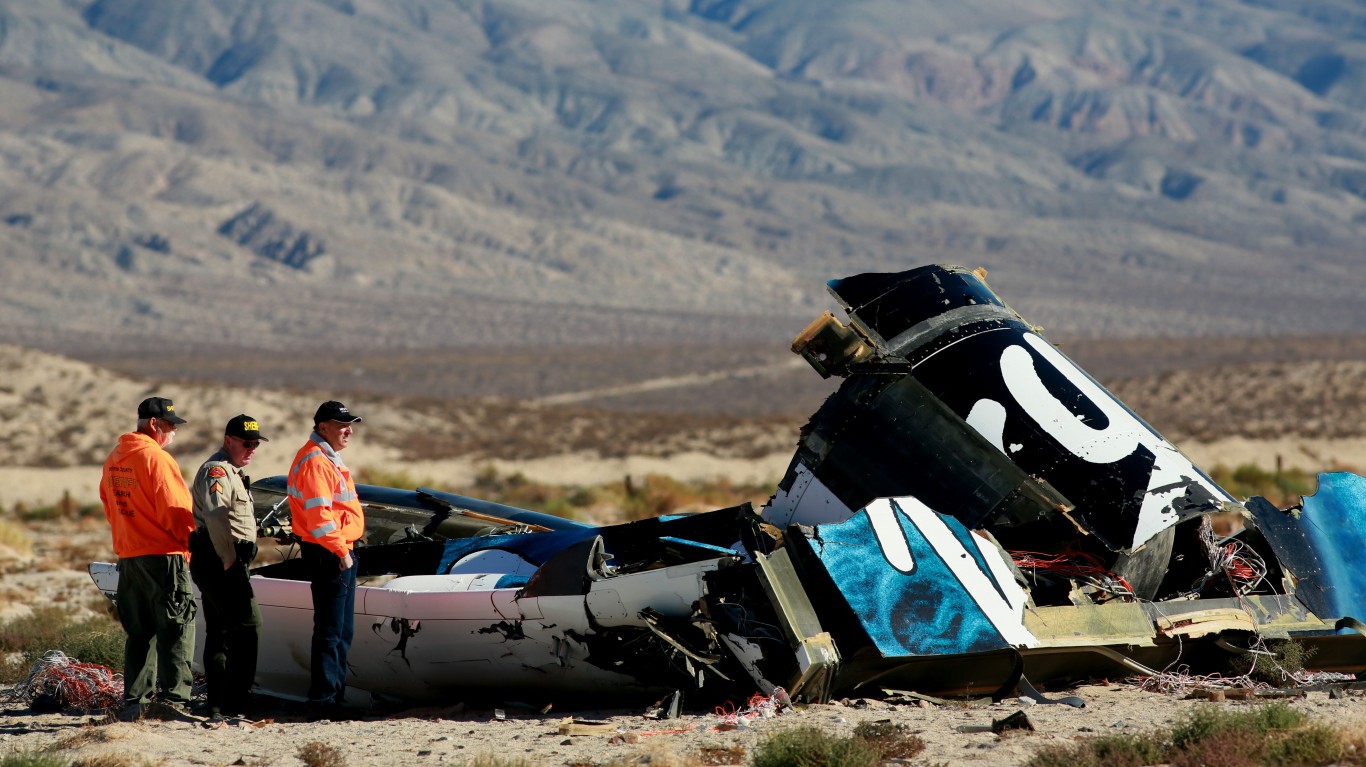 24/7 Wall St.
24/7 Wall St.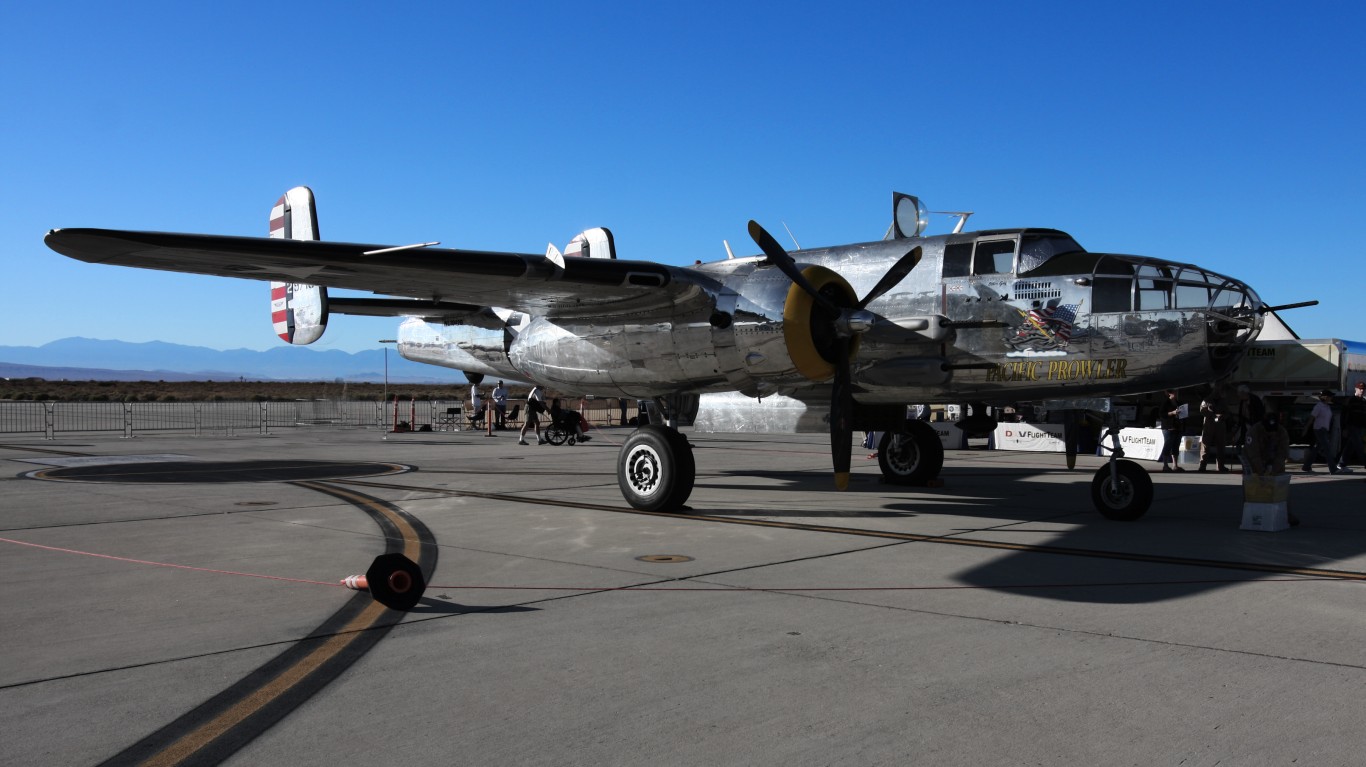
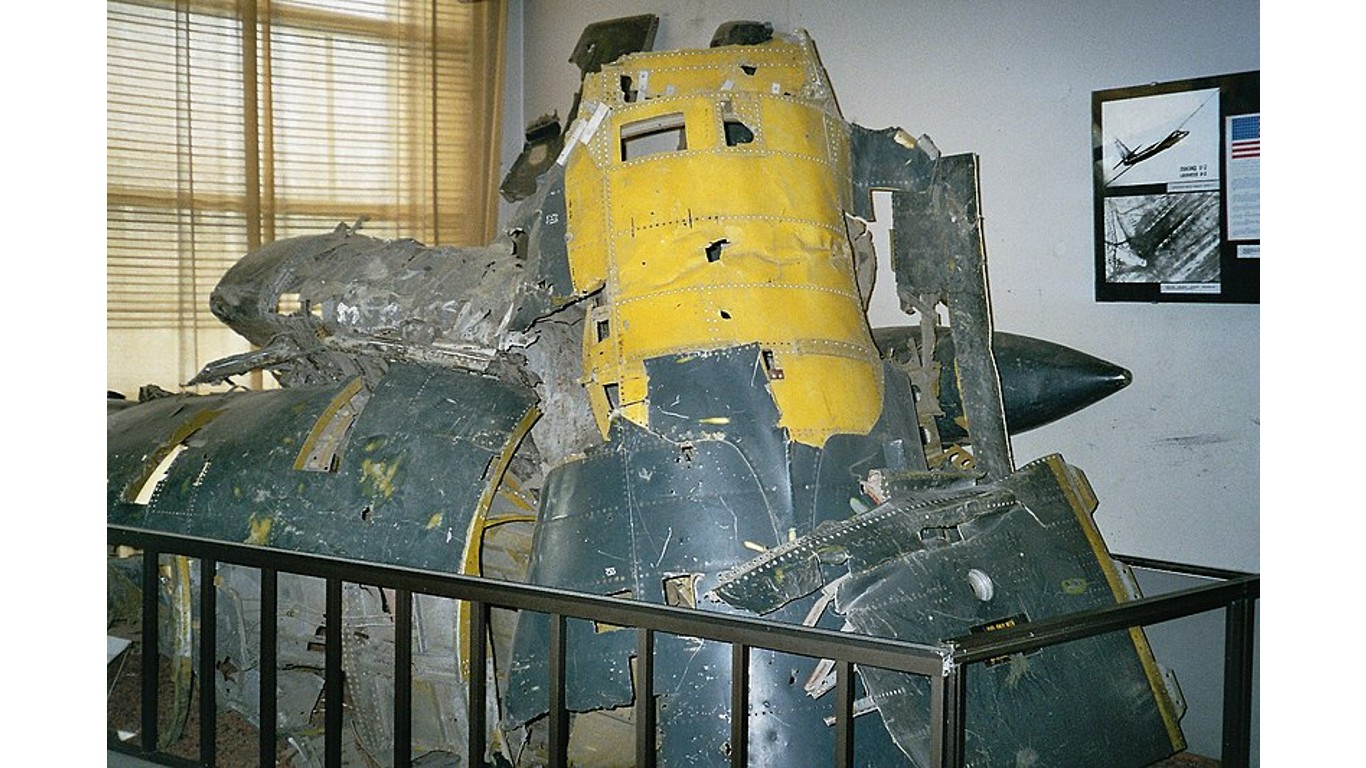
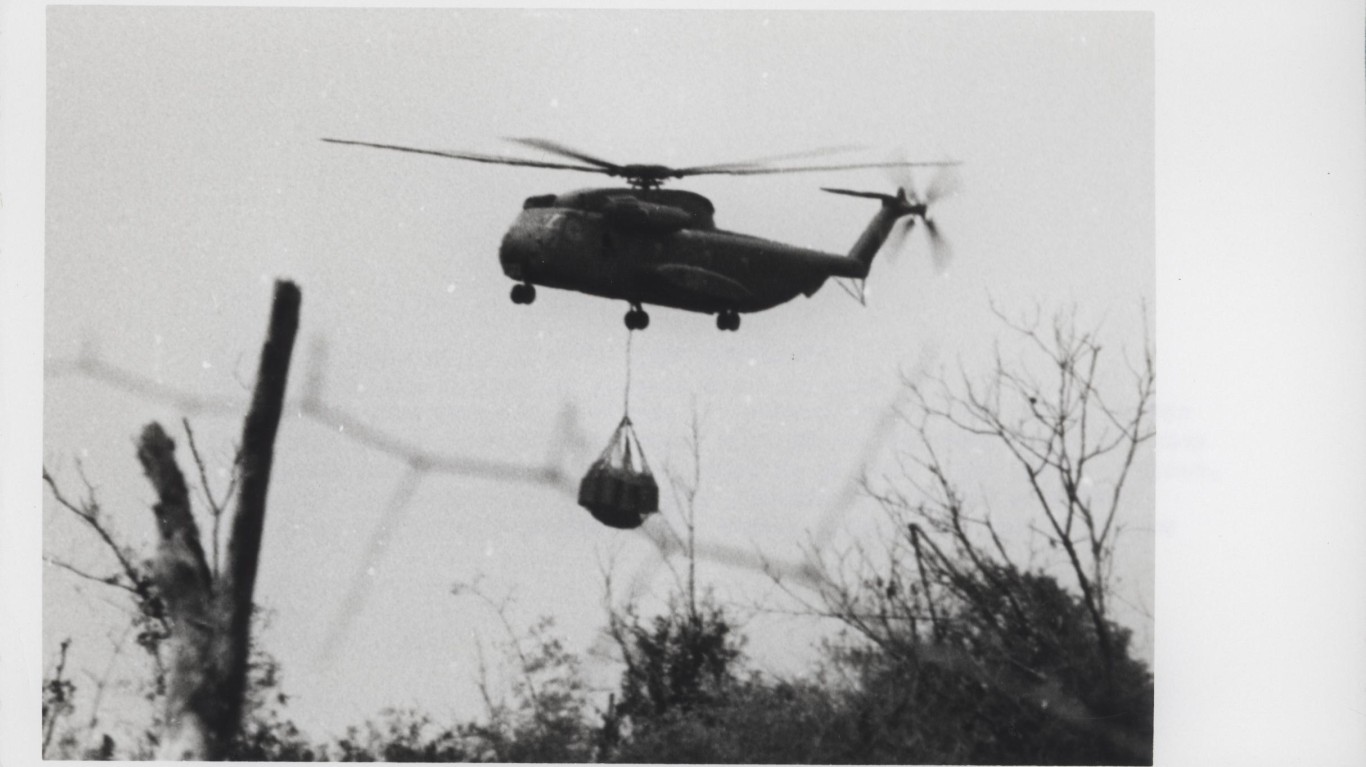
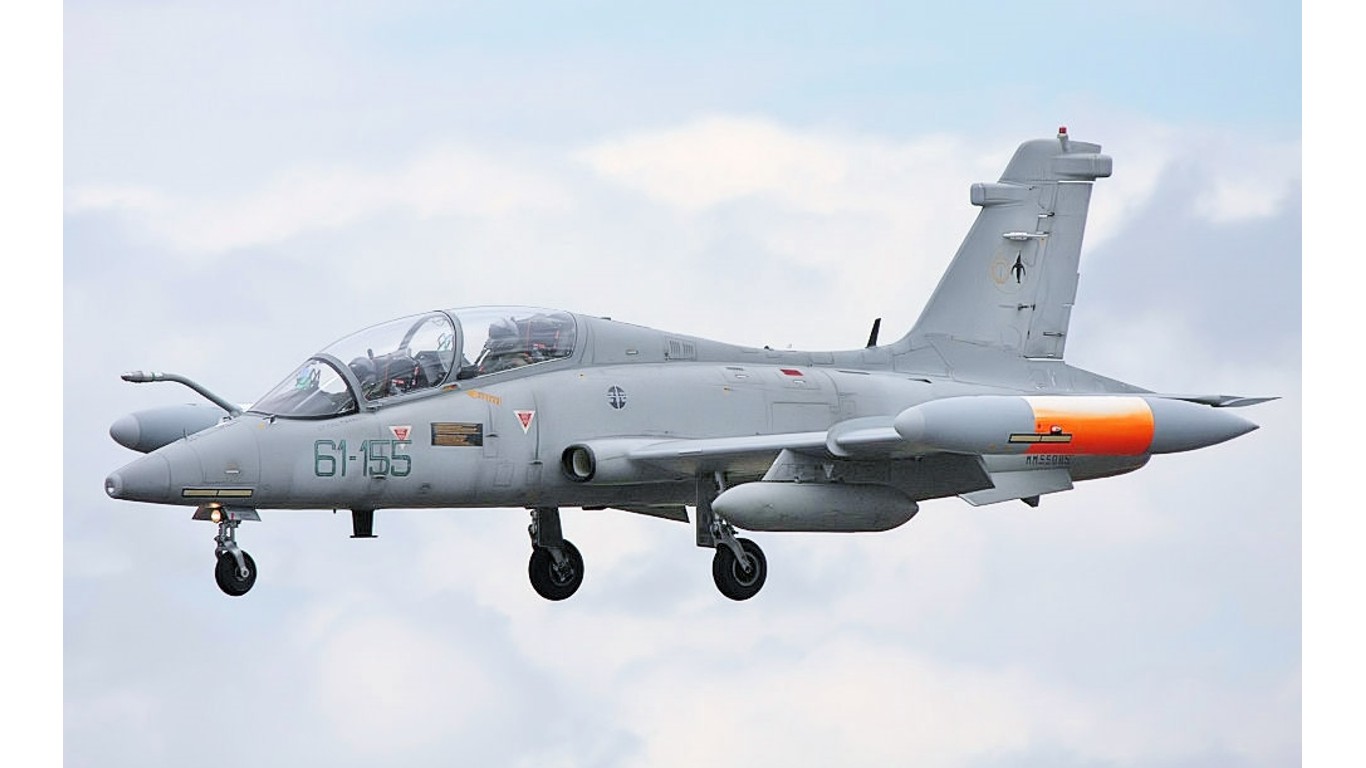
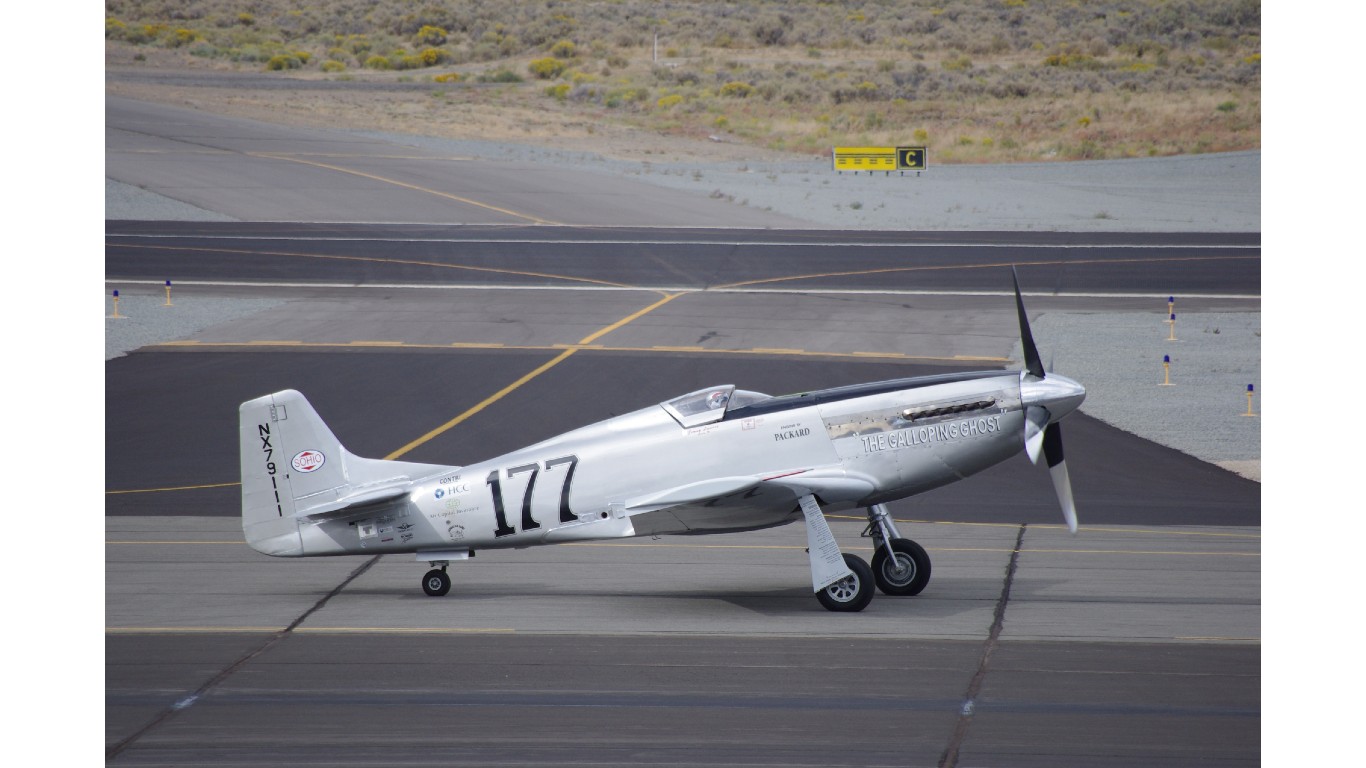
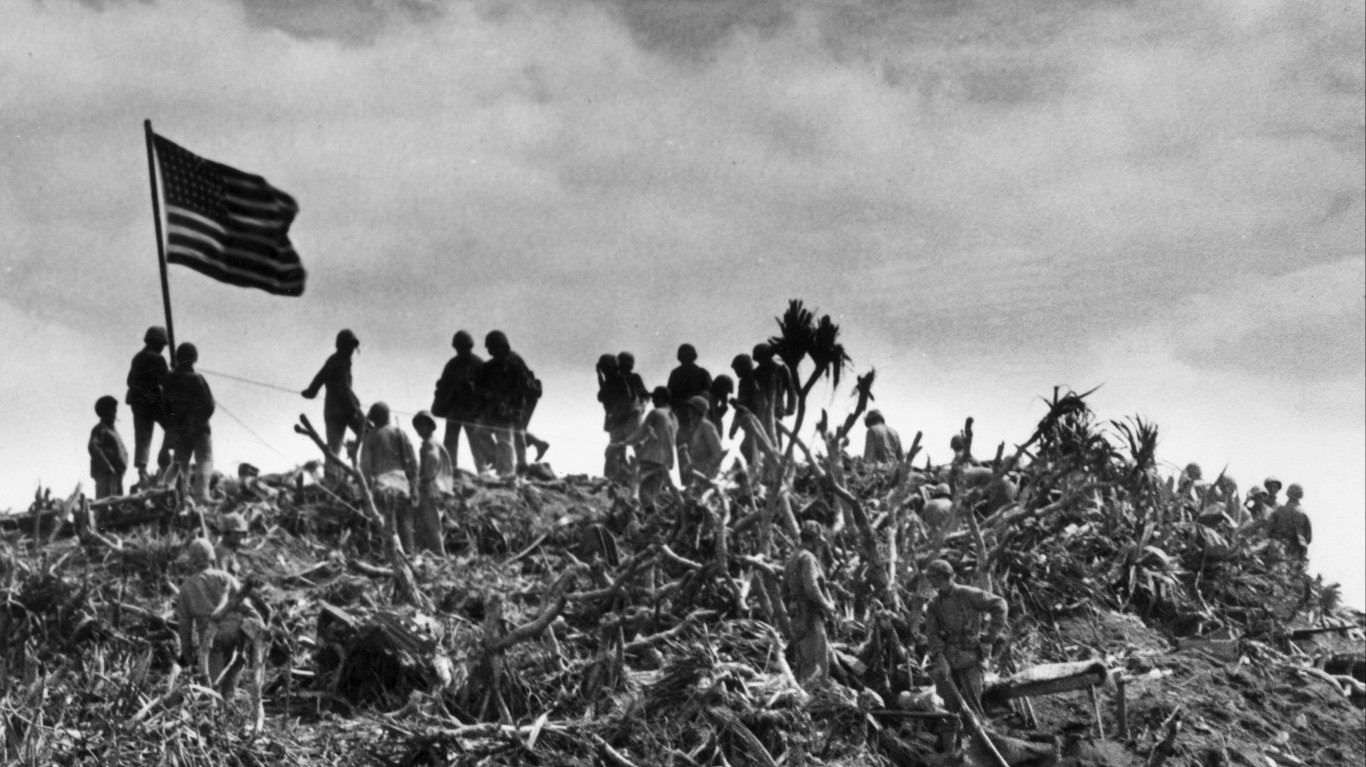 24/7 Wall St.
24/7 Wall St.